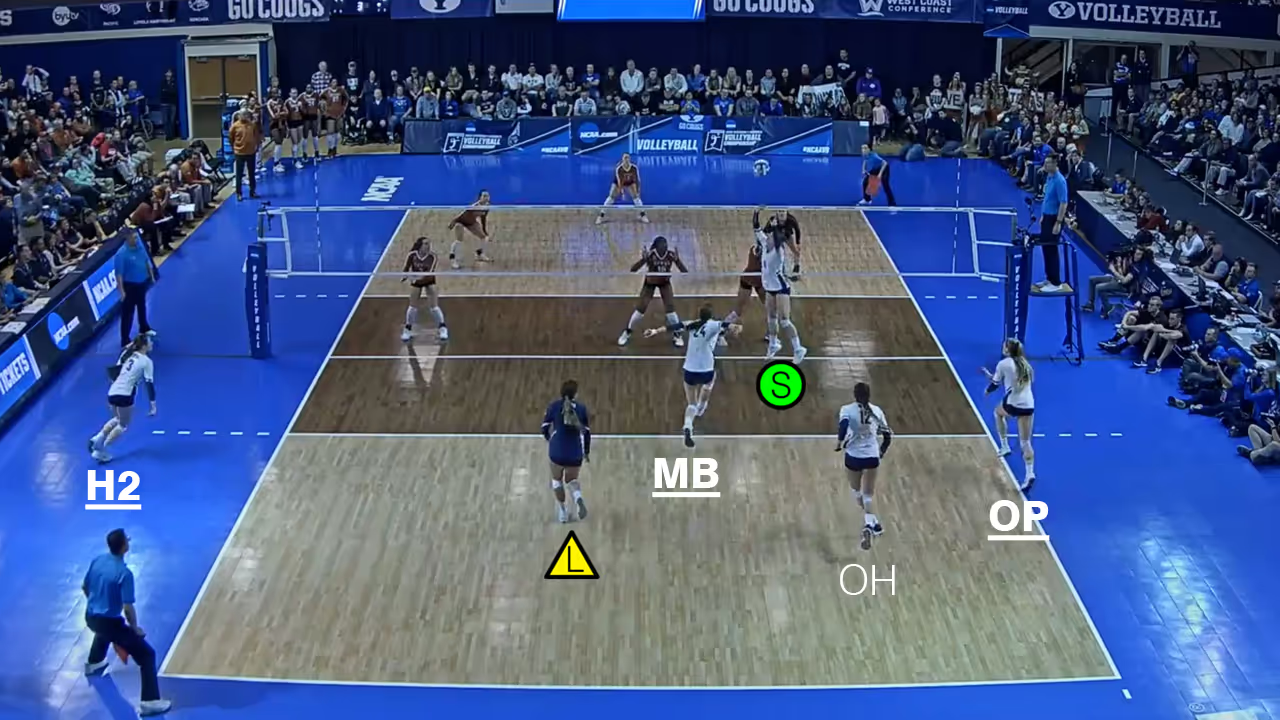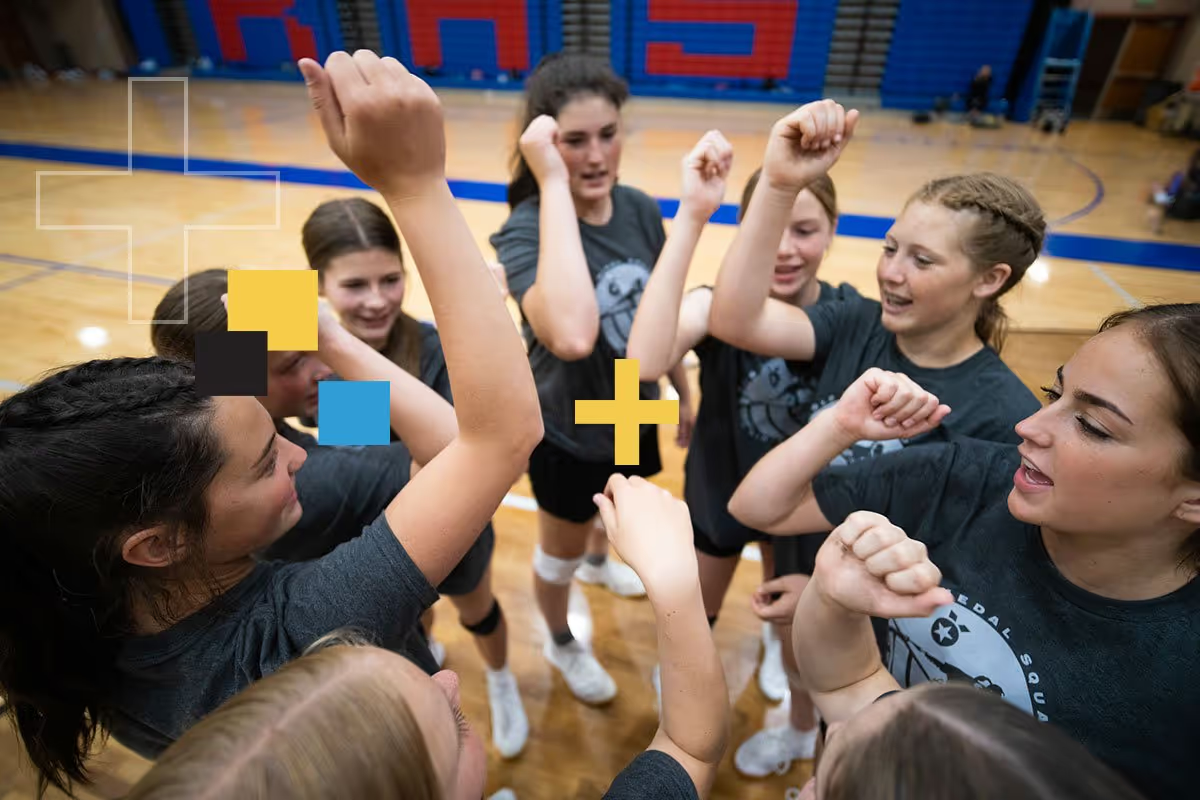How to Warm-Up Your Shoulder for Volleyball Practice
Written by Jill Wosmek, MA, ATC USA Women’s Volleyball
At times, athletes can feel overwhelmed with the demands of their sport and simply want to spend just a few minutes a day preparing their shoulders for the workload and doing their best to prevent injury and enhance performance. Well, I hope this article answers some of your questions on how an athlete can efficiently warm-up their shoulder for volleyball.
In a previous article, I explored the mechanics of attacking specifically… Without overloading you with too much anatomy and biomechanics let’s review the demands on the shoulder when spiking or serving a volleyball.
Spiking or serving a volleyball is a complex motor skill that requires our muscles to work in kinetic firing pattern to provide stability, mobility and power. Who is doing what?
- Anterior Deltoid
- Rotator Cuff which essentially is a group of 4 muscles: supraspinatus, infraspinatus, teres minor and subscapularis
- Teres major
- Latissimus Dorsi
- Pectoralis major
Let’s explore the Volleyball Attack!
- The Windup primarily activates with the anterior deltoid and supraspinatus. The infraspinatus and teres minor will help “fine-tune” the humeral head in the glenoid fossa. And the subscapularis rotates superiorly to assist in compression and stabilization.
- At the end of Cocking, the humerus is maximally externally rotated and can cause additional stress (even risk of subluxation) to the front of the shoulder. The subscapularis, teres major, latissimus dorsi and pectoralis major work together to protect the shoulder.
- The Acceleration of the arm is a complex move involving muscles already noted, but now the teres minor works to rapid accelerate the arm.
- Deceleration begins after the ball is contacted and the muscles work hard to slow the arm down similar to the responses with the baseball throw. Primarily the infraspinatus and teres minor take this load.
Disclaimer: Keep in mind we haven’t talked about the core! As we know, technique may vary dependent of age, skill and so on. With that being said, the teaching of kinetic linking and how best to incorporate our core will be saved for another time.
So WHAT CAN WE DO to provide stability, mobility and strength to the shoulder knowing the demands ahead on the court?
Essentially 10 reps on one side (dominant arm) will take less than 5 minutes! I encourage incorporating both shoulders, but if you are in a time crunch it is nice to have the option of speeding through the following exercises and feeling strong for the task ahead.
I have broken down the shoulder routine into 3 categories:
Mobility + Flexibility
- Arm Circles (thumbs up, arms slightly in front of body)
- “Elephant” Swings (up and down)
- Thread-the-Needle: dynamic stretch that is completed when on all fours → reach and rotate
- Horizontal Adduction: arm across your body static stretch that can be incorporated pre- and/or post-activity
- Sleeper’s Stretch: static stretch for the posterior rotator cuff that can be incorporated pre- and/or post-activity
Strengthening using Theraband: all single-arm exercises
- IR (internal rotation) and ER (external rotation) at 0 and 90 degrees
- Horizontal Abduction: similar to a single arm reverse fly
- Horizontal Adduction: similar to a single arm pec fly
- Reverse Attack Pattern: staggered stance pulling from low to high
- Attack Pattern: staggered stance pulling from high to low
Proprioception + Core
Don’t forget about your core! The uniqueness of a VB attack requires complimentary moves with torso/hips and the shoulder. If there is a leak in our kinetic firing…than the stresses on the shoulder exponentially increase. Here are 2 great exercises that will get your body temperature up as well as create the kinetic firing we want.
- Bear Crawl: crawling single arm + single leg
- Lateral Hand Walk: from a plank position move laterally with your hands and feet
As you may know…there are multiple ways in doing a similar task. With that being said, this is just one routine and can be easily adapted and progressed within a team. It is relatively inexpensive (you can buy Theraband for your team in bulk for less than $2/person) and simple to teach. If you are intrigued on how to implement this 5 minute routine…we can get some pictures up for you all and explore this further!
I hope this helps!
- Jill







